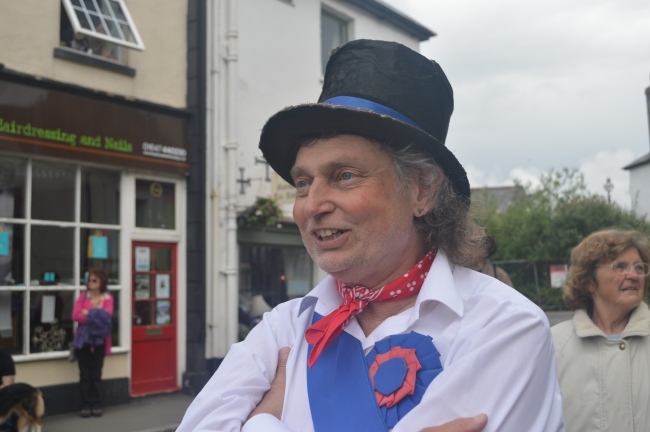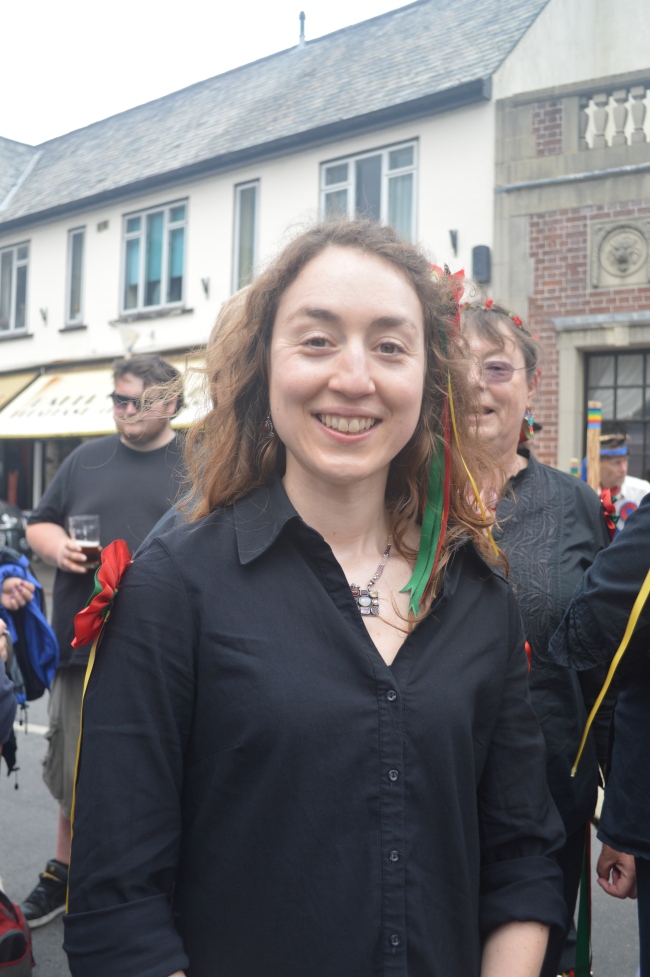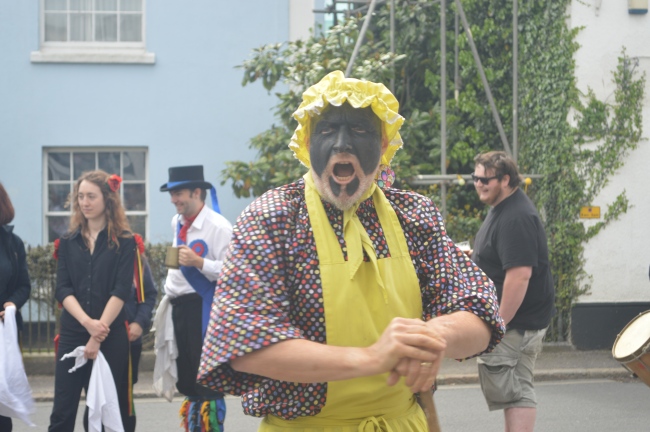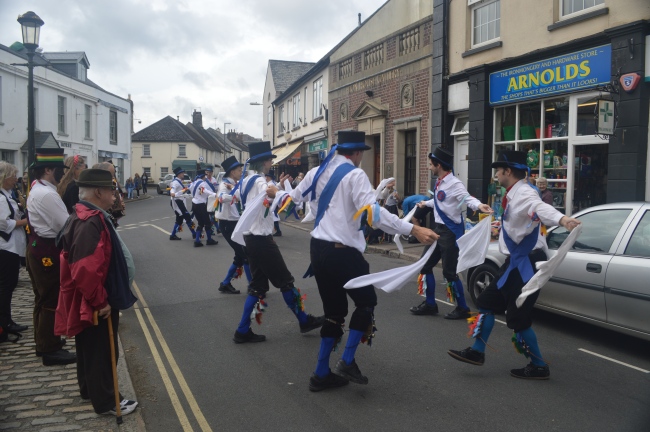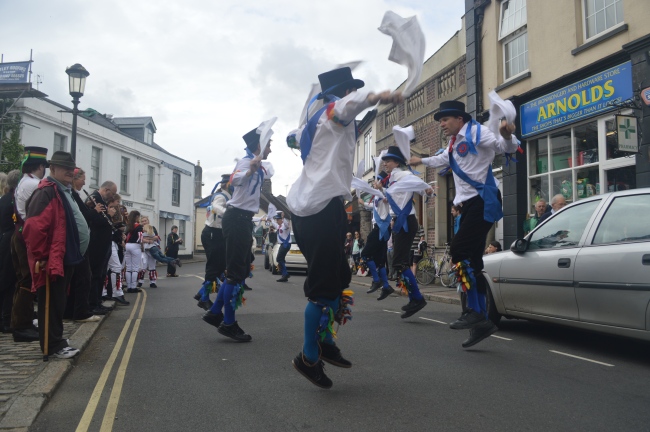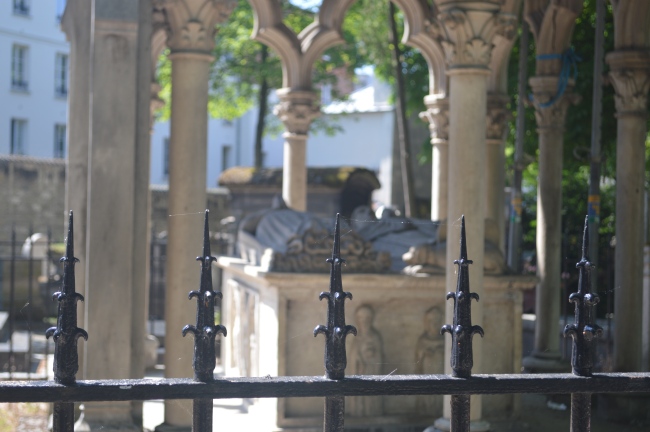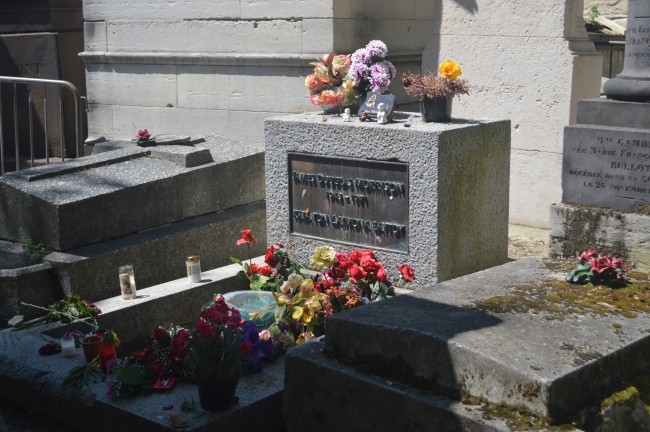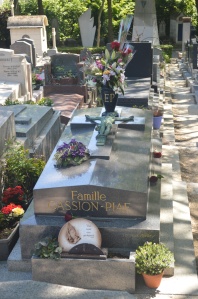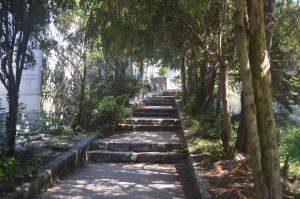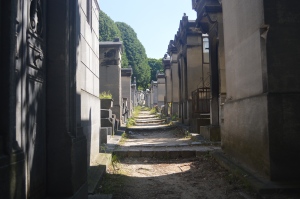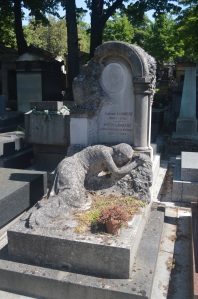We chose to be guests at the George & Pilgrim Hotel in Glastonbury, England. What we did not choose was that a few other guests were quite dead. Yes, there were a fair number of living travelers that night but occupying the same space and the same time, were the resident ghosts.
What else would you expect from a hotel that was many centuries old? A hotel that was probably once a wayside inn for pilgrims, wanderers, holy men and holy women.
Thirty years ago, I lived in England for a year as an exchange teacher. On my frequent weekend wanderings, I tried to see as many interesting places that were within a reasonable drive from my temporary home in south Dorset. Glastonbury was an obvious choice. It was a short drive and it had a long and storied history. Here was Glastonbury Abbey. I first laid eyes on the Abbey when I would leaf through the Britain volume of Stoddard’s “Lectures,” a now out-of-print series of books written by John L. Stoddard, a traveler/lecturer, that was published in 1897. The photographs of the Abbey captured my imagination like few other things did when I was a young teen (except girls). I knew then, in 1961, that I simply had to see this Abbey. There was something about the stark remnants of this once beautiful church that spoke to me. It spoke to me and called my name and told me that I had to come and see these stones for myself. I had to put my hands on the polished limestone, already rubbed smooth by reverent hands centuries ago. I had to sit on the stone seat along the wall of the nave, and rest my back against the wall…like many a weary monk.
So, there I was, in 1984, paying a few pounds to visit the grounds of the Abbey. There, were the stone walls…just like I had seen in the books. As I rounded the corner of what once was the front entrance, I came upon a scene that had slipped my mind somehow. There in the nave (now a grassy lawn) was the site of King Arthur’s Tomb…and that of his great love, Guinevere. The bones were discovered by a monk centuries ago and removed to another site. Since then, the cross and bones have disappeared. History does not tell us much about Arthur, but here, at my feet, was the traditional resting place of his mortal remains.
This all hinges on whether or not one believes he is really dead.
Which brings us to another important site in Glastonbury…the Tor. Long revered as a pilgrim’s destination, it is also thought by some to be where Arthur and Guinevere are asleep…inside the Tor…with his warriors. Legends say that when England is in peril, Arthur will return and lead his warriors and knights to save the country.
It’s all pretty heady stuff if you’re into Arthurian Legends and mystic folklore. What I have just written is just a tiny fraction of why Glastonbury is vital to a vast spectrum of spiritual people.
I climbed the Tor at night, alone, in 1984 and sat, waiting for an appearance of a guardian or spirit guide. Instead, I watched the moon bathe Somerset in a soft glow of pale light that would have put me into a trance…had I not decided to head back into town before the last call at the pub in the George & Pilgrim hotel, where I was staying.
At the bar, I picked up a leaflet issued by the Town Council tourist agency. It mentioned the hotel. It also said that “maybe you’ll find yourself in Room 1, the ‘Monk’s Cell’, said to be haunted by a monk who hanged himself several hundred years ago.” I read it with amusement…how interesting, I thought…then I realized that several hours ago I had put my overnight bag…into Room 1. I was sleeping that night in the Monk’s Cell.
I spent some of the night half hoping I would be allowed to talk things over with the long-dead monk, and half not wanting to see the spirit of a suicide. The life of someone who takes their own life must, by definition, be unbearably painful. I wasn’t sure I wanted to see what such a soul would look like 600 years after death. I watched the dark corners of the room for shadows that moved. I took in deep breaths hoping to catch a whisper of incense. Nothing.
I also spent some of the night asleep. So if he was at my bedside, I snored my way through his visit. This made me feel bad in a way, after all, I wasn’t awake to help him find the peace he may be seeking.
Which brings us to last Thursday night. My wife and I did not have Room 1, we were given Room 10. Another floor and around the corner from my monk. In the course of talking with the young woman at the registration desk as well as the bartender, I discovered that the hotel was allegedly haunted by several cats, a dog or two, a child, a man and a woman…and, of course, the monk. The woman who registered us said she was in Room 1 cleaning when a screw was thrown at her. She had no explanation. The cook said she saw the form of a short person along the wall of another room. She was later told that a child haunted that room. It’s only at night, she said, was she fearful of some of the shadowy corners and dark hallways.
Before my wife and I went downstairs to have dinner, I stopped on the first floor and looked at the door of the Monk’s Cell. The room I occupied thirty years ago. I turned around and saw that the room just across the narrow hall was called the Nun’s Cell. Monk’s Cell…Nun’s Cell??? It got me thinking, if you catch my drift.
Alas, we did not see an apparition during our one night stay. I am of many minds about ghosts. I want to believe, I really do. But something, the rational side of me, thinks that if there is indeed life after death (I have so many doubts about so many things as I grow older), the souls would probably have better things to do, or more spiritual existences to occupy them.
But, I do love a good ghost story. I hope someday to write and publish a great ghost story, one that has all the elements a tale of the dead should have.
I do know one thing for sure. It has been said that one should write about what one knows.
That’s why I want to meet a ghost and have some quality time with him or her.
I want to meet a ghost someday…or, better yet…some night.

The George & Pilgrim Hotel.

The stairway from the second floor.

The hallway with the Monk’s Cell on the left.

Room 1–The Monk’s Cell







